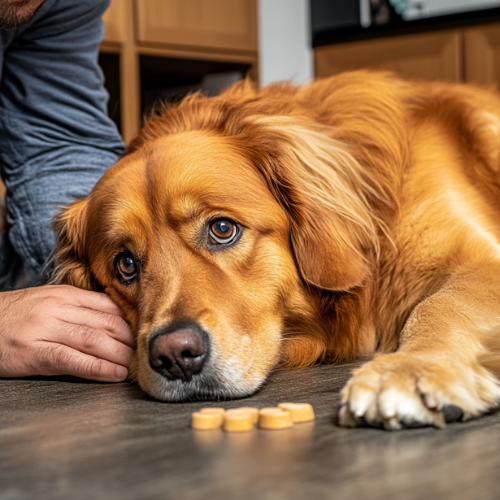March is National Pet Poison Prevention Awareness Month, a crucial time to educate pet owners about the dangers of toxic substances and how to protect their furry companions. Dogs are naturally curious and often explore the world with their mouths, making them susceptible to poisoning from household items, plants, and human foods. Knowing the symptoms of poisoning can help save your pet’s life.
Common Dog Poisoning Symptoms
If your dog has ingested something toxic, they may exhibit the following symptoms:
- Vomiting and Diarrhea – These are among the first signs of poisoning. If the vomit or stool contains blood, seek emergency care immediately.
- Excessive Drooling – Some toxins cause excessive salivation or foaming at the mouth.
- Lethargy and Weakness – A poisoned dog may become unusually tired, unresponsive, or weak.
- Loss of Appetite – If your pet suddenly refuses food, it could indicate toxicity.
- Tremors or Seizures – Neurological symptoms such as shaking, seizures, or loss of coordination require urgent medical attention.
- Labored Breathing – Poisoning can affect the respiratory system, leading to difficulty breathing or coughing.
- Pale or Yellow Gums – Changes in gum color can indicate organ damage or internal bleeding.
What to Do if Your Dog is Poisoned
If you suspect your dog has ingested something toxic, act fast:
- Call your vet or an emergency pet poison hotline immediately.
- Do not induce vomiting unless instructed by a professional.
- Bring a sample of the suspected toxin for identification.
Prevention is key! Keep harmful substances out of reach and educate yourself on pet-safe products. Awareness can save lives—let’s keep our furry friends safe!



